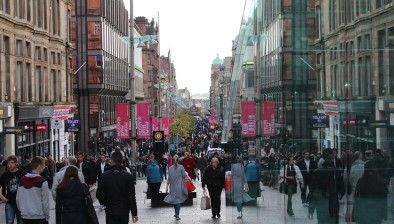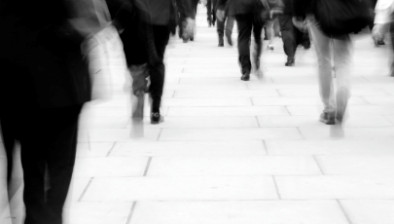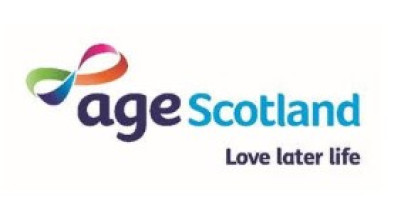Single person households now most common in Scotland
 The number of households in Scotland has continued to increase with single person households now accounting for over a third, according to figures published today by National Records of Scotland (NRS).
The number of households in Scotland has continued to increase with single person households now accounting for over a third, according to figures published today by National Records of Scotland (NRS).
‘Estimates of Households and Dwellings in Scotland, 2016’ found that over the last ten years the number of households, single people or groups of people living together, has grown by around 157,000 (7%) to reach 2.45 million in 2016.
The number of households has increased in every council area over the last ten years, with the greatest relative increases occurring in Orkney Islands and Highland.
The growth in households is partly due to the rising population, but also because people are increasingly living alone, or with fewer other people.
Households consisting of only one person are now the most common type in Scotland. Over a third of households are single person households, and nearly 900,000 people are living alone.
Tim Ellis, the chief executive of National Records of Scotland, said: “The average household in Scotland has been getting smaller for several decades. This is partly due to changes in the way we live, and partly because the number of older people in the population has been rising. Older people are more likely to live alone, so as the number of older people has increased, the average size of households has decreased. However, the fall in household sizes appears to have slowed since the economic downturn in 2007. This may be due to factors such as decreased house building and more young adults living with their parents instead of forming their own households.”
According to the estimates, there were 2.58 million dwellings in Scotland in 2016. 79,100 dwellings (3%) were empty, and a further 26,100 dwellings (1%) were second homes.
Empty and second homes are concentrated in different parts of the country. For example, remote rural areas have a higher percentage of empty and second homes than urban areas.









